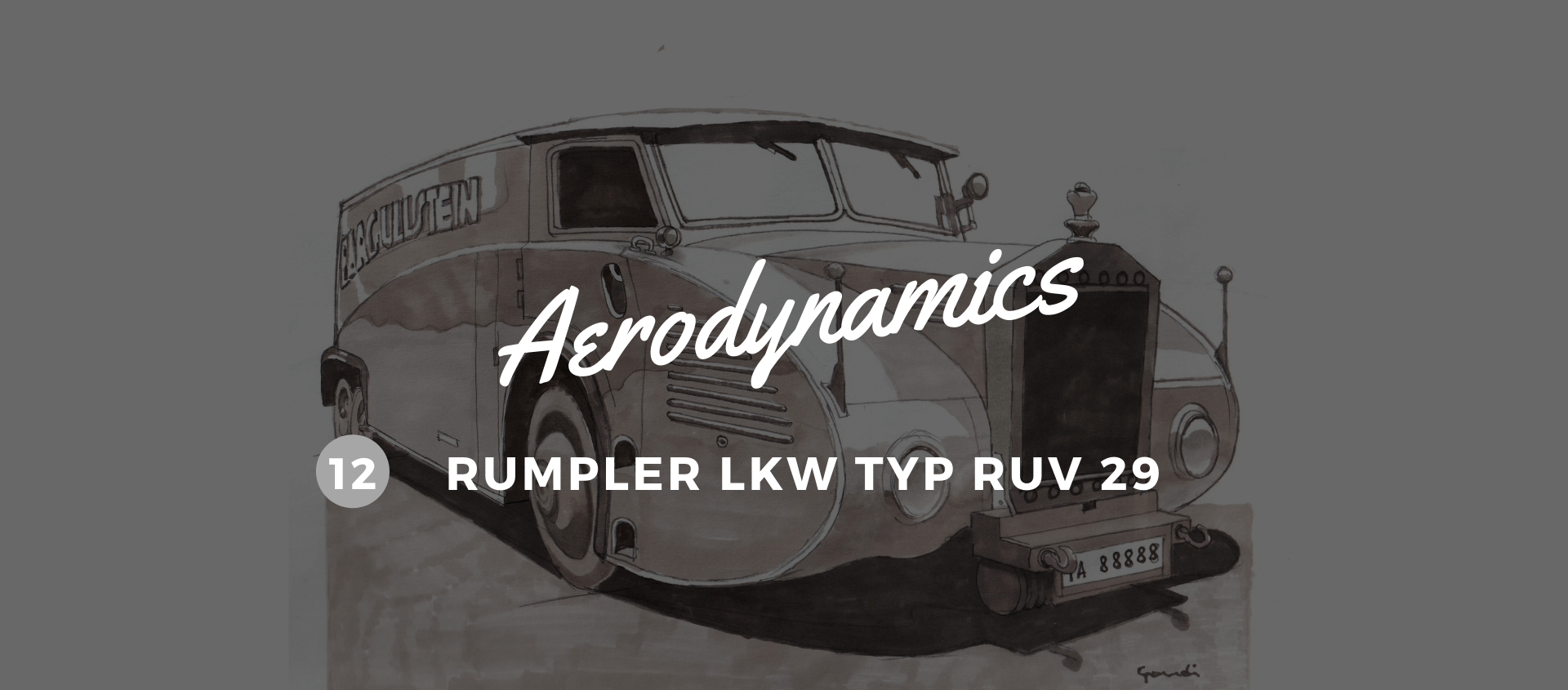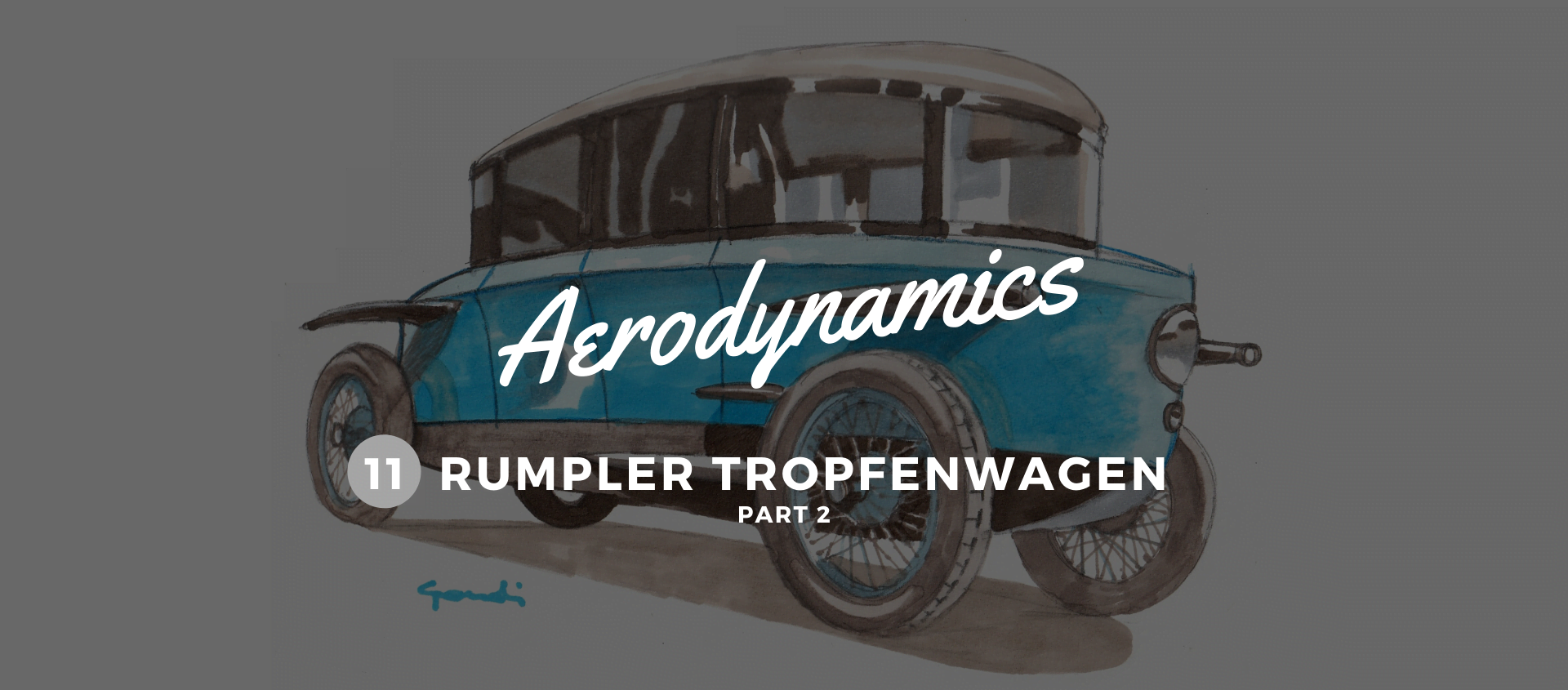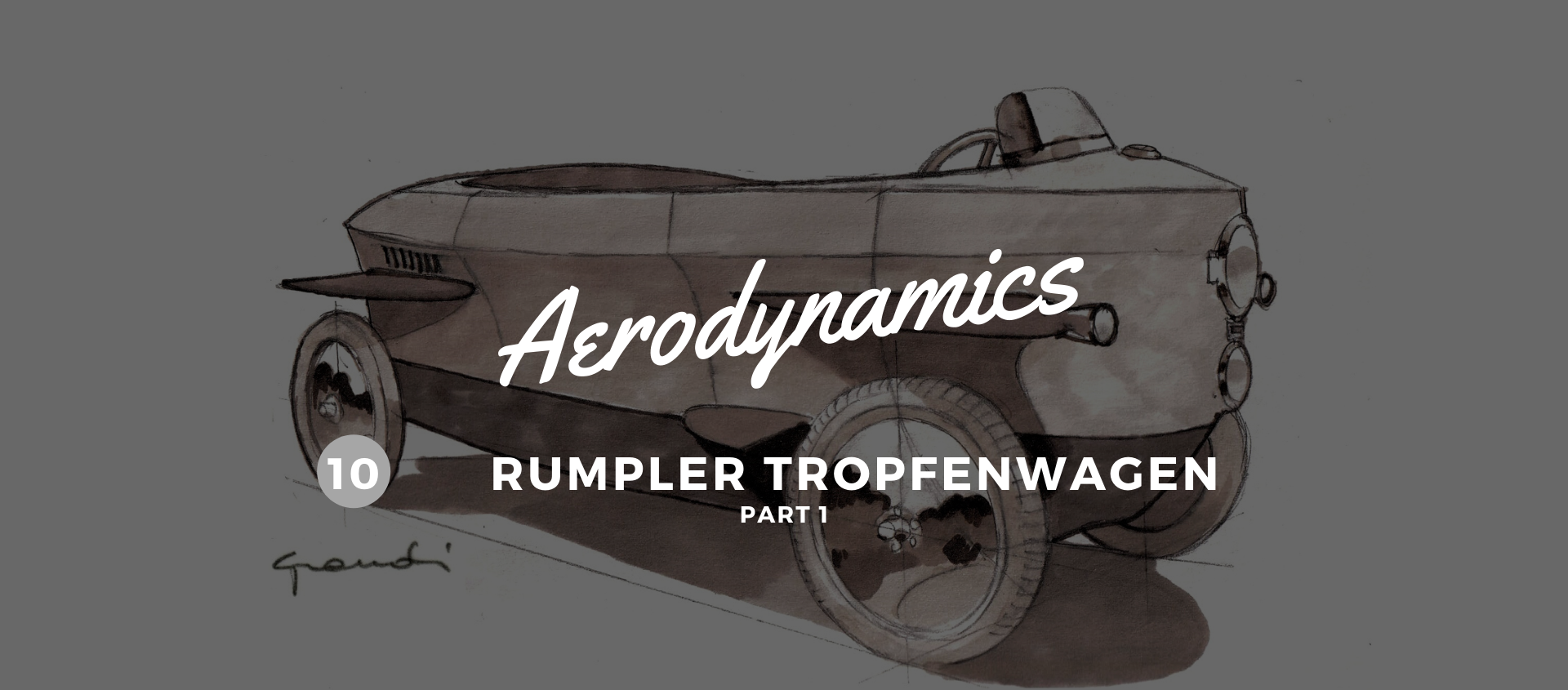Rumpler LKW typ RuV29. Delivering news hot off the press
27 April 2020 1 min read 2 images

The pursuit of aerodynamics in the early decades of the last century was a phenomenon that extended to trains and trucks, albeit within the limits associated with the nature and purpose of these vehicles. Not many people know that an early high-speed train, called Autorail, was designed and built by Ettore Bugatti. Powered by Bugatti Royale eight-cylinder 12763cc engines, it traveled at an average speed of 130 km/hour,
Register to unlock this article
Signing up is free and gives you access to hundreds of articles and additional benefits. See what’s included in your free membership. See what's included in your free membership.
Already have an account? Log In


